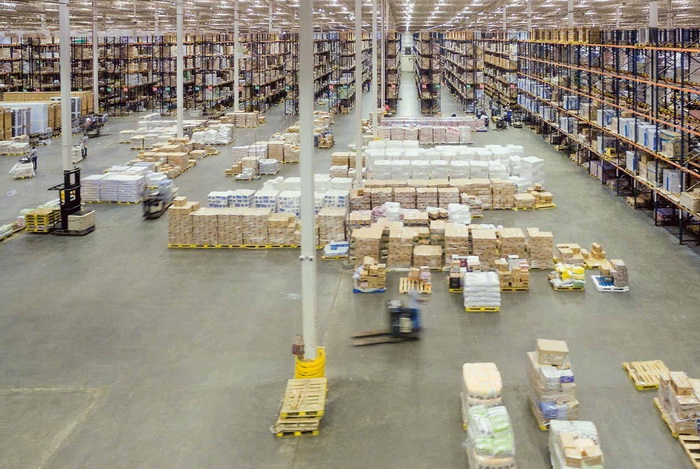If you think that it’s enough just to pick up proper trucks and hire competent drivers in order to deliver your goods to the final destination seamlessly, you are wrong. Warehousing is an important element of the supply chain. It’s of prime importance for the greater part of modern retail and e-commerce businesses. Many companies do not have their own storing area. Thus, they have to look for effective and reliable solutions.
These days a cross-docking option is becoming more and more popular among both small and large manufacturers. It implies that the products are delivered directly to the final consumers. The storage is absent or minimized. There are copious advantages of this service you can’t but appreciate. The most significant of them are the following:
- Material handling is minimized.
The process of moving, protecting, storing, and controlling materials and products throughout their lifespan of manufacturing, warehousing, and distribution is a rather time- and energy-consuming thing. Cross-docking allows to miss several stages;
- Storage costs are reduced.
You do not need to pay for space in warehouses. You do not need to pay workers to download and upload your goods at docks.
- You are to experience fewer risks related to the loss or damage of the products.
While the cargo is downloaded and uploaded the minimum number of times and the shipping period is short, the risks to break or lose the items are low.
At the same time, there are several challenges you are to face when dealing with cross-docking. The first one is the necessity to plan everything very carefully. The next thing you should consider is the reliability of the carrier you cooperate with. Delays are impossible while they may lead to the loss of products.
Variations of Cross-Docking
There are several variations of cross-docking. Before you contact your freight forwarder and order this or that variant, you should get acquainted with the available options. They may offer you to experienced one of the following variants:
- Manufacturing.
It’s a model when a central distribution center receives incoming materials and products, then sorts and configures the goods for shipment to various manufacturing areas;
- Distributor.
It implies that the freights from various vendors are combined into a mixed product pallet. It is delivered to the client when the final item is received;
- Transportation.
It involves the mixture of shipments from several suppliers. The main aim is to achieve economies of scale with FTL mode;
- Retail.
It means the products from multiple producers are gathered and sorted into outbound trucks for a number of retail stores;
- Opportunistic.
It involves the dynamic allocation of an incoming supply source to a demand source on receipt.
It’s up to you to choose the most appropriate variant that meets your needs and budget.
So, contemporary logistics offers new ways to optimize e-commerce businesses and satisfy a wider range of clients. Cross-docking is a bright example of how it’s possible to save time, money, and effort with the help organization of the shipping process.

